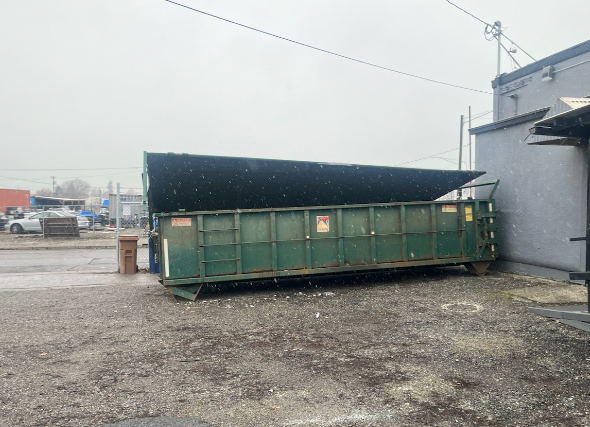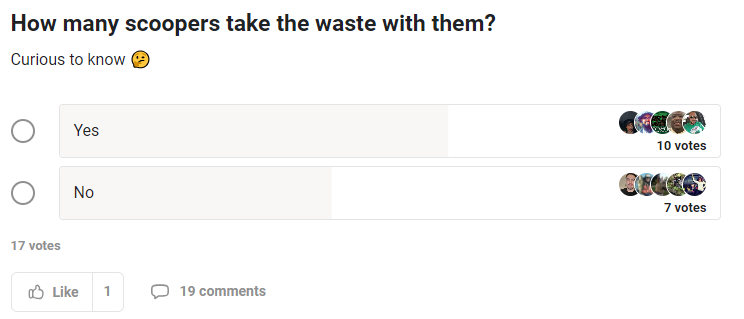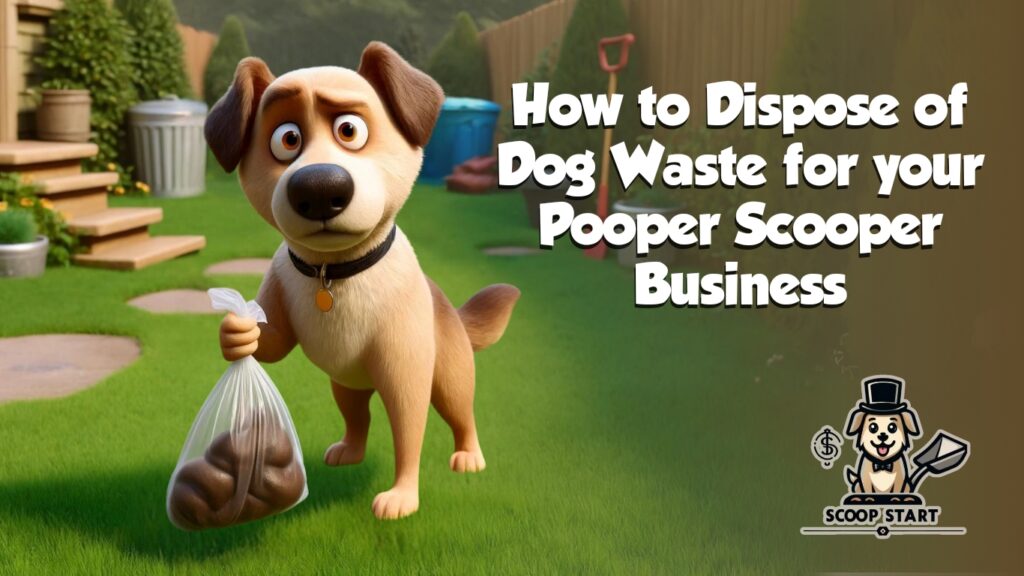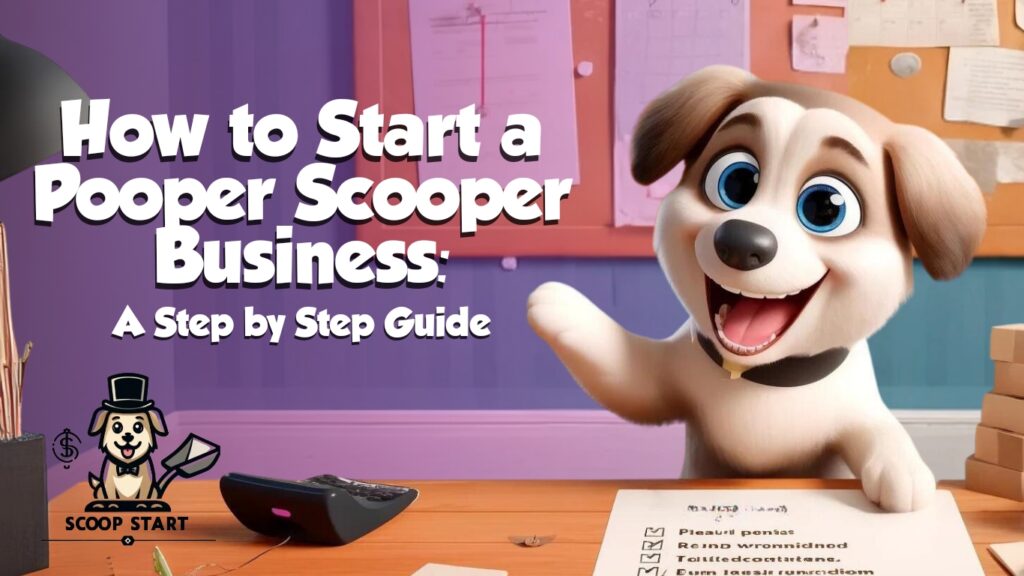Running a successful pooper scooper business involves not only cleaning up after pets but also properly disposing of the waste. There are two primary methods for dog waste disposal: taking the waste with you or placing it in the customer’s trashcan. Each method has its own set of advantages and challenges. In this blog post, we’ll explore both options to help you determine which is best for your business.
Method 1: Taking the Waste
Taking the waste with you typically involves collecting the dog waste and transporting it to a commercial dumpster or directly to a designated disposal facility. This method ensures that the waste is managed in an environmentally responsible manner.
Pros:
- Professional Image: Taking the waste with you can enhance your company’s professional image. Customers appreciate the extra effort to manage waste responsibly, which can lead to higher satisfaction and loyalty.
- Compliance with Regulations: Some municipalities have strict regulations regarding pet waste disposal. By taking the waste with you, you ensure compliance with local laws and avoid potential fines for improper disposal.
- Environmental Responsibility: Disposing of waste at a proper facility or using a commercial dumpster can minimize environmental impact. Professional disposal methods, such as composting or specialized pet waste processing, can be more eco-friendly than traditional landfill methods.
Cons:
- Increased Costs: Using a commercial dumpster or transporting waste to a facility can incur additional costs. These include rental fees for the dumpster, transportation expenses, and potential disposal fees.
- Logistical Challenges: Managing the logistics of waste transportation can be challenging. You’ll need to invest in appropriate storage and transportation solutions to ensure the waste is handled safely and hygienically.
- Time-Consuming: Collecting and transporting waste can be time-consuming, potentially reducing the number of clients you can service in a day.
The biggest con of taking the dog waste is the need to purchase company trucks vs smaller more fuel efficient vehicles. Our company is paying almost 1/3rd of the capital expenditure to purchase small cars vs 4wd trucks.

Here is a picture of our 20 yard dumpster in Spokane, WA for our main Swoop Scoop location.
Method 2: Placing Waste in the Customer’s Trashcan
The alternative method involves placing the collected dog waste in the customer’s trashcan. This method is straightforward and convenient for both the business and the customer.
Pros:
- Cost-Effective: Placing waste in the customer’s trashcan eliminates the need for additional transportation and disposal fees. This can significantly reduce operating costs, allowing for more competitive pricing or higher profit margins.
- Time-Efficient: This method is quicker, enabling you to service more clients in a day. Increased efficiency can lead to higher revenue and better scalability for your business.
- Simplicity: The process is simple and requires minimal additional equipment or logistics. This simplicity can streamline your operations and reduce the potential for complications.
Cons:
- Customer Concerns: Some customers may have concerns about odor or hygiene if the waste is placed in their trashcan. Clear communication and proper bagging techniques can mitigate these concerns, but they may still impact customer satisfaction.
- Local Regulations: Depending on your location, there may be regulations prohibiting the disposal of pet waste in residential trashcans. It’s essential to be aware of and comply with local laws to avoid fines and maintain a good reputation.
Dog Waste Disposal Conclusions
In the Poop Scoop Millionaire community there is a pretty even split on what method pooper scooper companies decide to do.

Choosing between taking the waste with you and placing it in the customer’s trashcan depends on your business model, customer preferences, and local regulations. Both methods have their pros and cons, and the best choice will vary for each pooper scooper company. By weighing the advantages and challenges of each method, you can make an informed decision that aligns with your business goals and values.
If this was helpful, check out our full guide on how to start a pooper scooper business.



